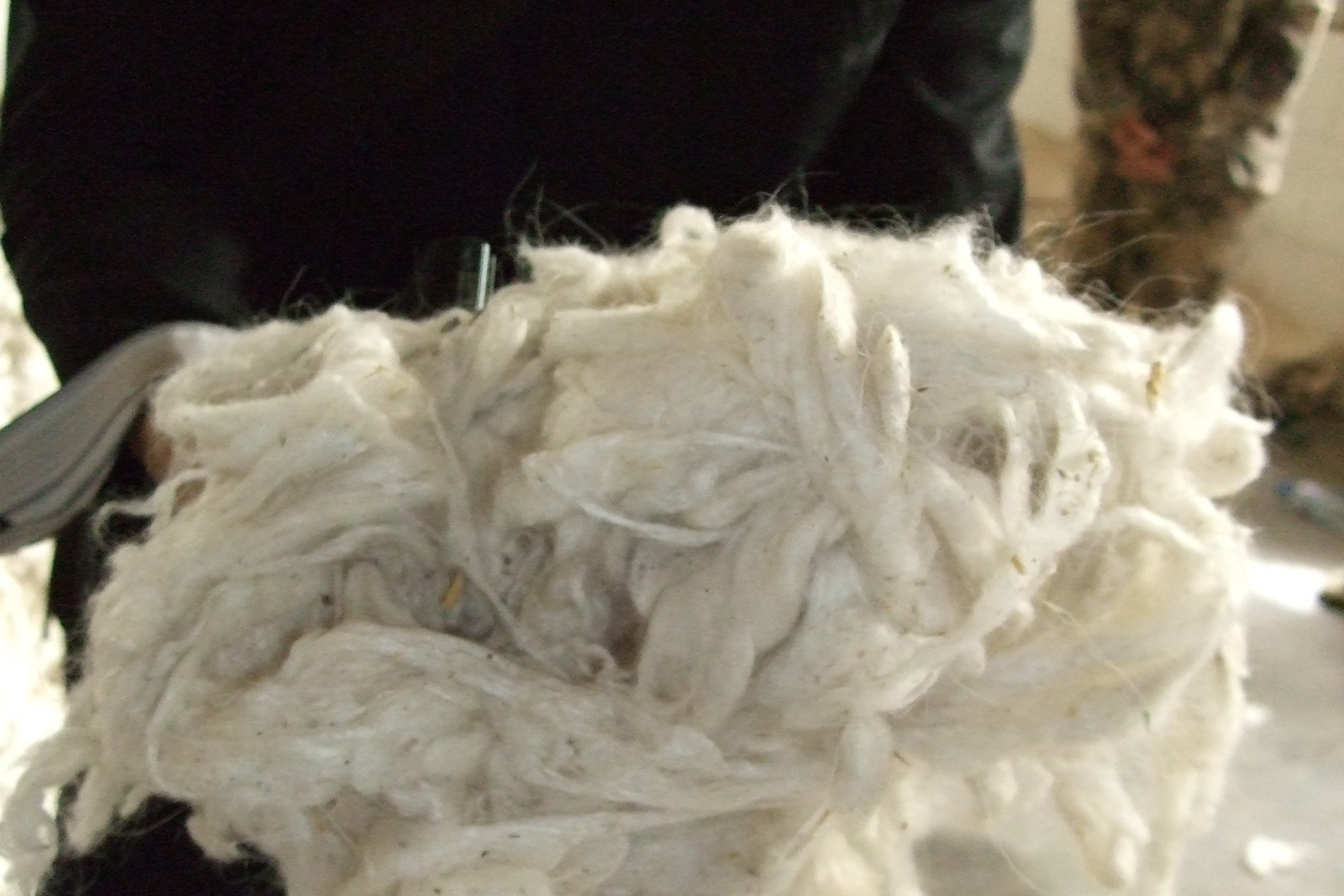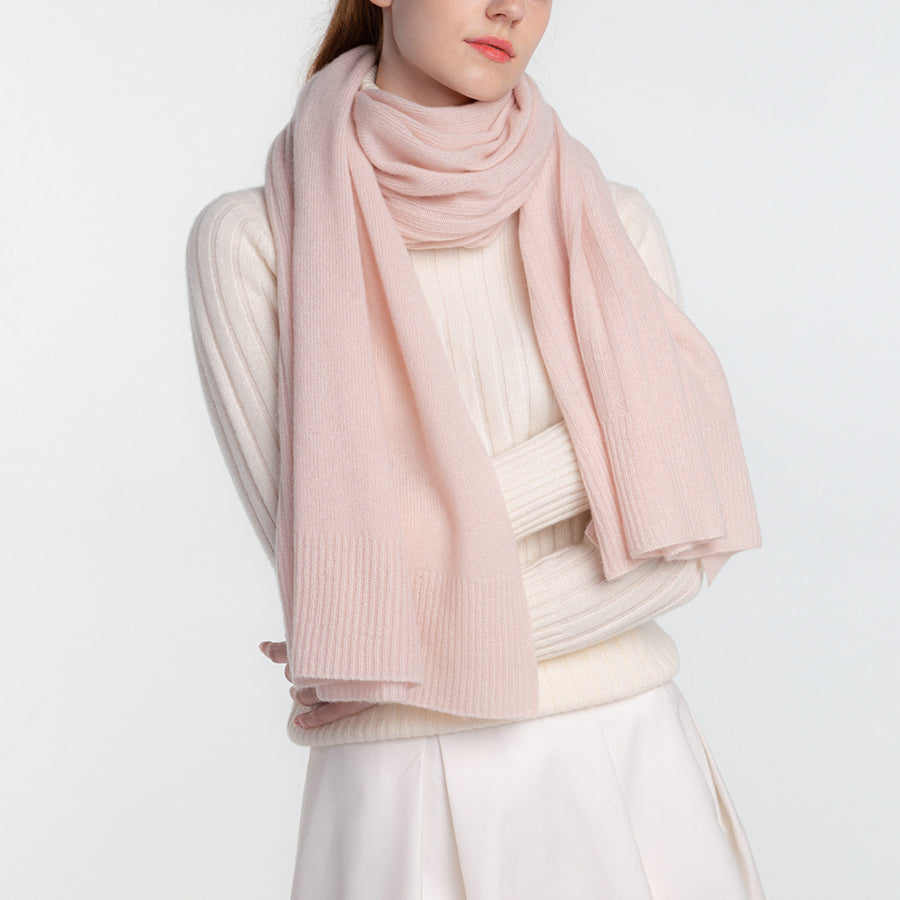Cashmere blending ratio Is it really 100% cashmere?

Cashmere blending ratio
Is it really 100% cashmere?
In the past, there was a case of mislabeling of cashmere blends in Japan, which caused a big sensation in the newspapers and on TV. This incident is a big problem for UTO, which is a cashmere manufacturer. What was shocking to me was that it was a famous department store and a select store that everyone knows.
Cashmere is about 10 times more expensive than ordinary wool, so a slight difference in blending ratio can greatly affect the cost of goods.
I personally think that this case was "caught" because even if the blending ratio of cashmere is falsified and the purchase price is low, it is not worth the risk when the blending ratio is discovered. This blending ratio problem is difficult to solve.
Even so, as a person who touches cashmere every day, I think this case of a product that claimed to be 100% cashmere but was 50% wool and 50% cashmere with 0% cashmere is too lousy. However, it is said that there are cases where samples come in genuine cashmere, but when it comes to actual cashmere, fake cashmere comes in.
The fashion industry is an industry with few legal restrictions. There are no licenses or registrations required to open a store or apparel store, and there are no restrictions on what colors or designs you can make, like building codes. It is a fairly free industry, but the correct labeling of raw materials, washing and country of origin is required by law.
UTO sells cashmere and 99% of its products are cashmere, so if we were unable to sell cashmere due to a mix ratio problem, we would go bankrupt immediately and leave our employees on the street. For this reason, we are very careful about blending ratio, but we are convinced that the most important thing is to purchase raw materials from reliable suppliers, to never neglect checking, and not to take advantage of sweet talk.
Cashmere has to go through many people and companies before it is ready for production. Cashmere raw wool is not available in Japan, so each time it is imported, the spinning company inspects the blending ratio of the raw wool by itself or at an official inspection institution. Of course, exporters also inspect the raw materials many times to ensure that no foreign materials enter during the process of exporting. The only time different materials can be mixed is when the raw wool is being used. It is important to inspect the raw wool at that point.
Even with such stringent inspections, there are times when the rope used to bind the raw wool breaks and fibers from the rope are mixed in, resulting in a test result of 99.9%, but it is impossible for a foreign material to exceed 1% unless it is intentional. In Japan, in order to prepare for unforeseen circumstances, the law permits the labeling of cashmere as 100% up to 97%, but it is unlikely that as much as 3% of foreign matter would be mixed in if the proper route is taken.
The Wool Products Inspection Association, usually called "Keiken," is an organization that stops misrepresentation of raw materials and products imported from overseas to ensure that the products are delivered to consumers as labeled. It is important to have the products inspected and certified properly for self-protection.
I was once shown the inspection site by Mr. Kimura, an inspector who helped me when I wrote a book titled "The Story of Cashmere and Knitwear." I thought, "This is a tough job," when I saw the visual inspection under a microscope. But this inspection costs a lot of money for the person who has it done.






